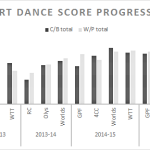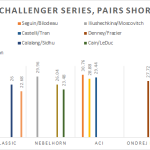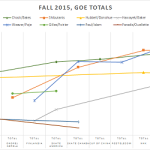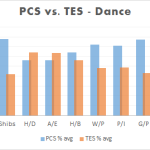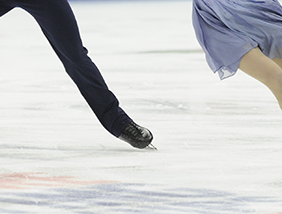
by Jacquelyn Thayer Olympic figure skating commentators tend to keep the sport’s coverage in a classic 6.0 mindset: there is a technical elements mark, obviously used to score things like jumps and twizzles, and an “artistic” or “presentation” mark — meant to score something less definable, based heavily on subjective emotions and tastes. It’s true…

